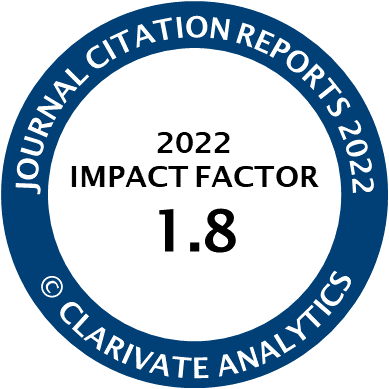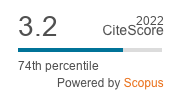Article | Open Access
Enlarging the Human Climate Niche: Integrating Urban Heat Island in Urban Planning Interventions
| Views: | 1179 | | | Downloads: | 731 |
Abstract: This article explores the potential of linking the scholarship on the human climate niche and heat island research. One such combination leads to a better understanding of the liveability of urban areas and thereby offers a contribution to emerging healthy urban planning. Whereas former research has primarily focused on the parameters influencing urban heat island and mitigation solutions, it remains short on quantifying these solutions and conceptualising the cumulative impacts of urban heat island on health and vulnerable populations. Based on the coupling of ENVI-met computational simulation and the local climate zone method, this article quantifies mitigation solutions and associates the frequency and intensity of heat stress and health-related symptoms in various urban settings. Drawing on a real-case urban intervention in Paris, it offers a more effective health-related and comfort-focused approach to urban planning and interventions to expand the human climate niche. This should contribute to transforming the planning and conception of public spaces into “liveable refuges” for all population types, including the most vulnerable. The results stemming from the simulations of mitigation measures help design a hierarchy of interventions to tackle urban heat islands according to the intensity of their ability to reduce heat stress risk. This hierarchy is then adjusted to other parameters contributing to a healthy, liveable urban environment and urban planning, making interventions on urban heat islands a matter of (multidimensional) care for urban dwellers.
Keywords: health; human climate niche; liveability; microclimates; simulations; urban heat island
Published:
© Rayan Mounayar, Daniel Florentin. This is an open access article distributed under the terms of the Creative Commons Attribution 4.0 license (http://creativecommons.org/licenses/by/4.0), which permits any use, distribution, and reproduction of the work without further permission provided the original author(s) and source are credited.




